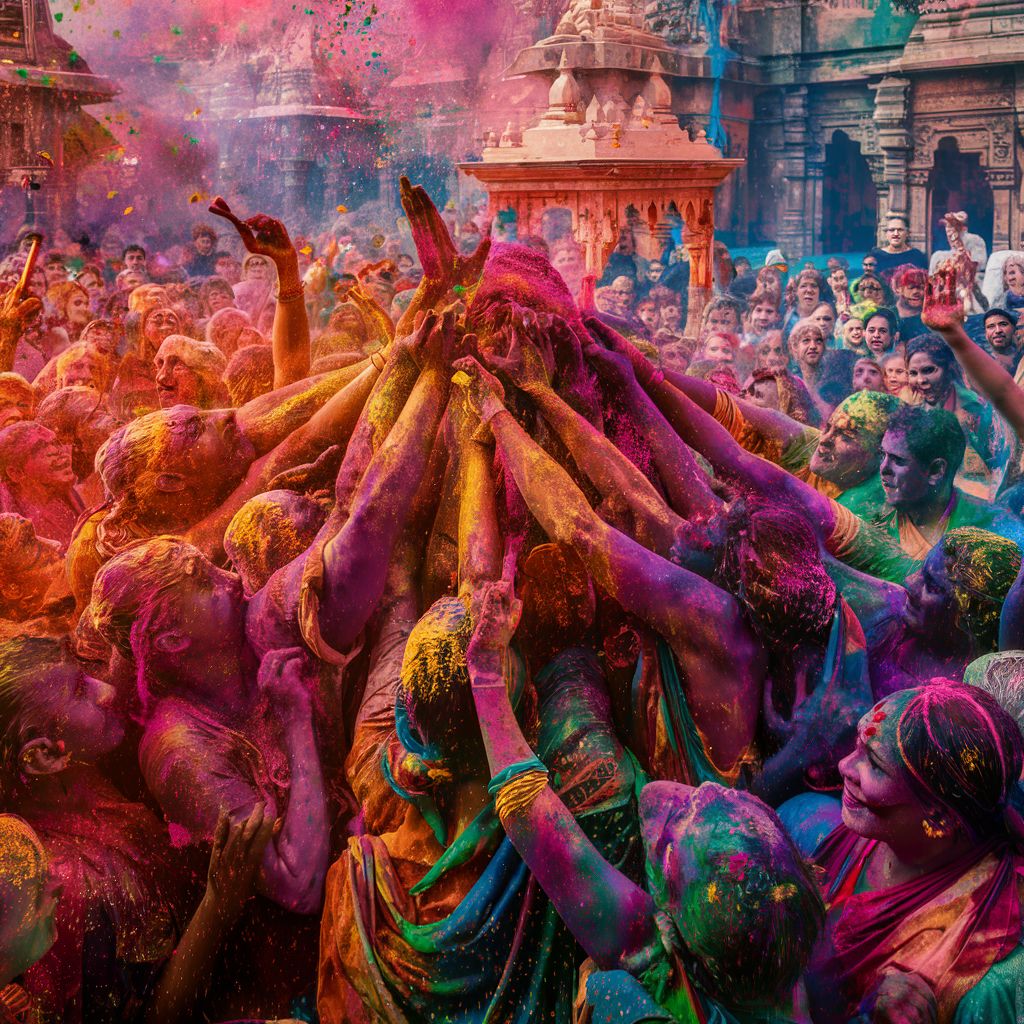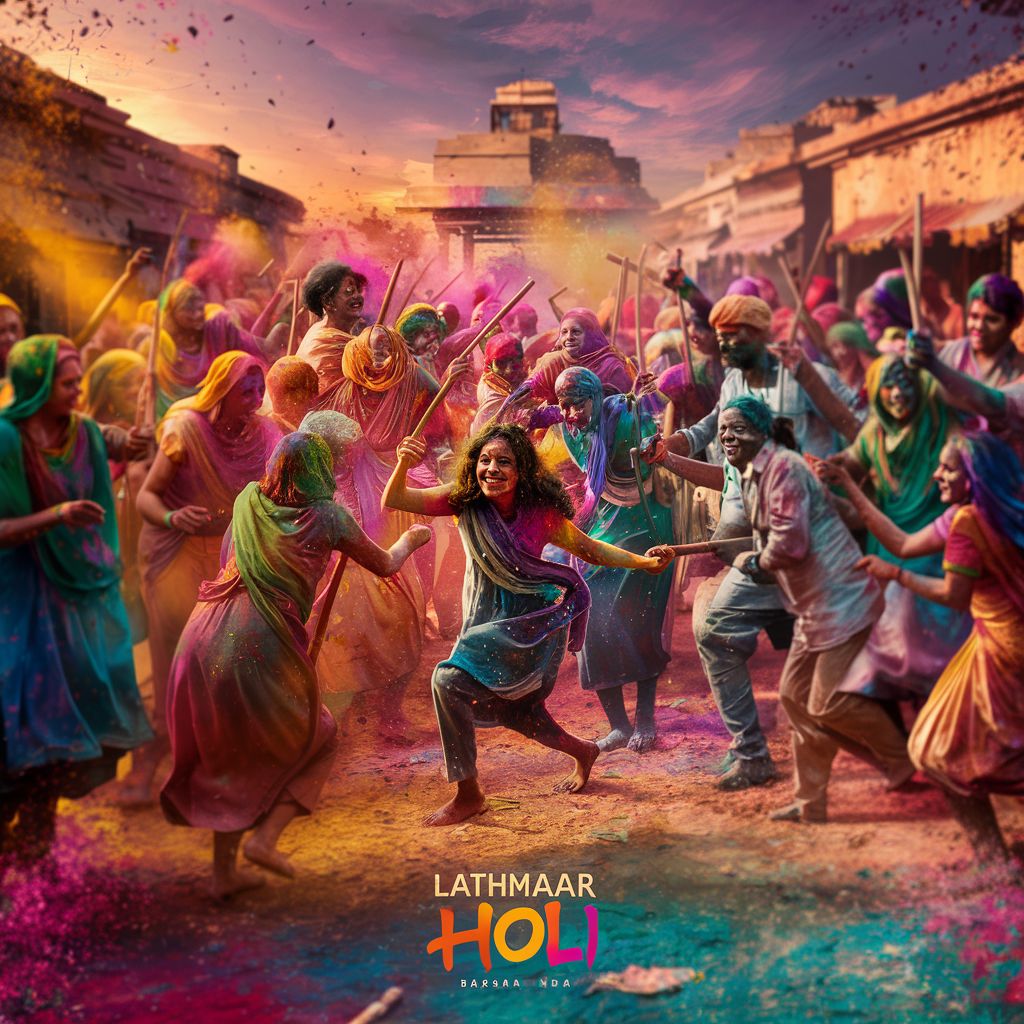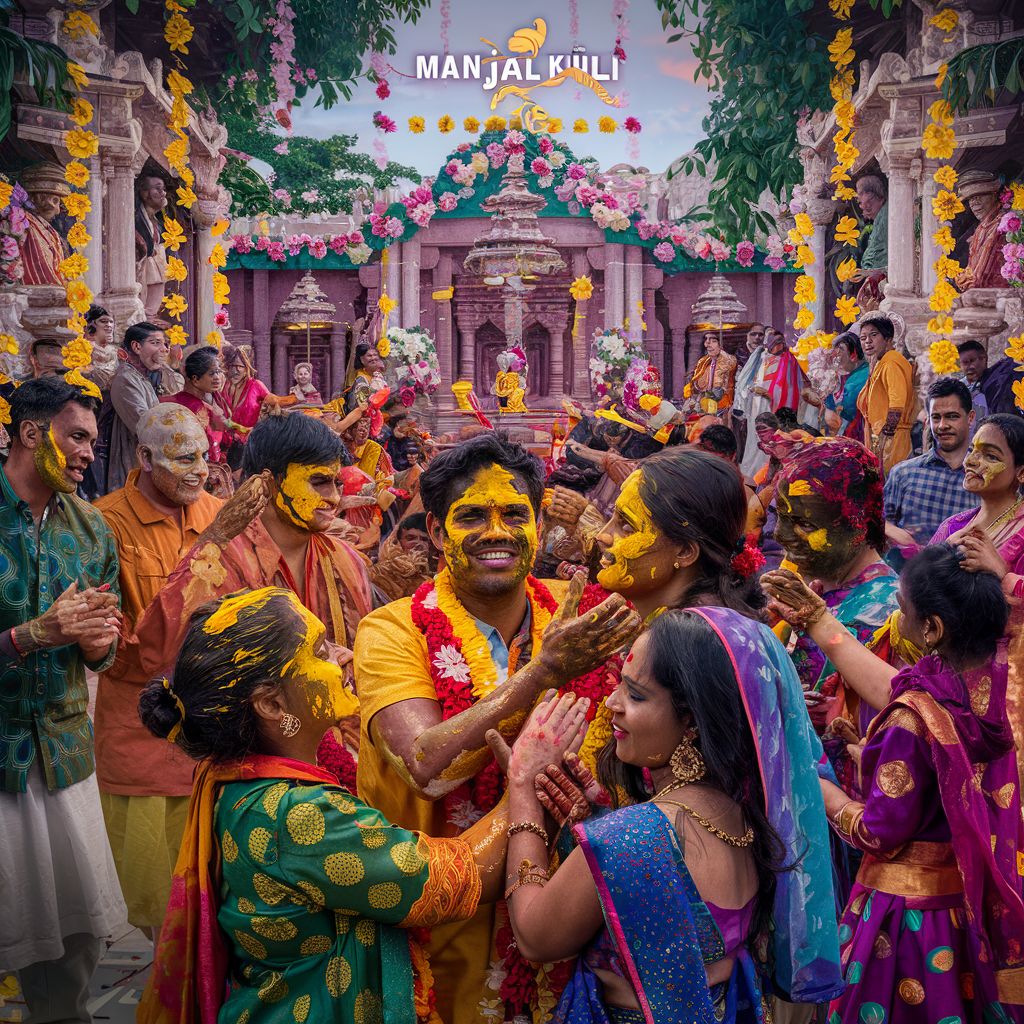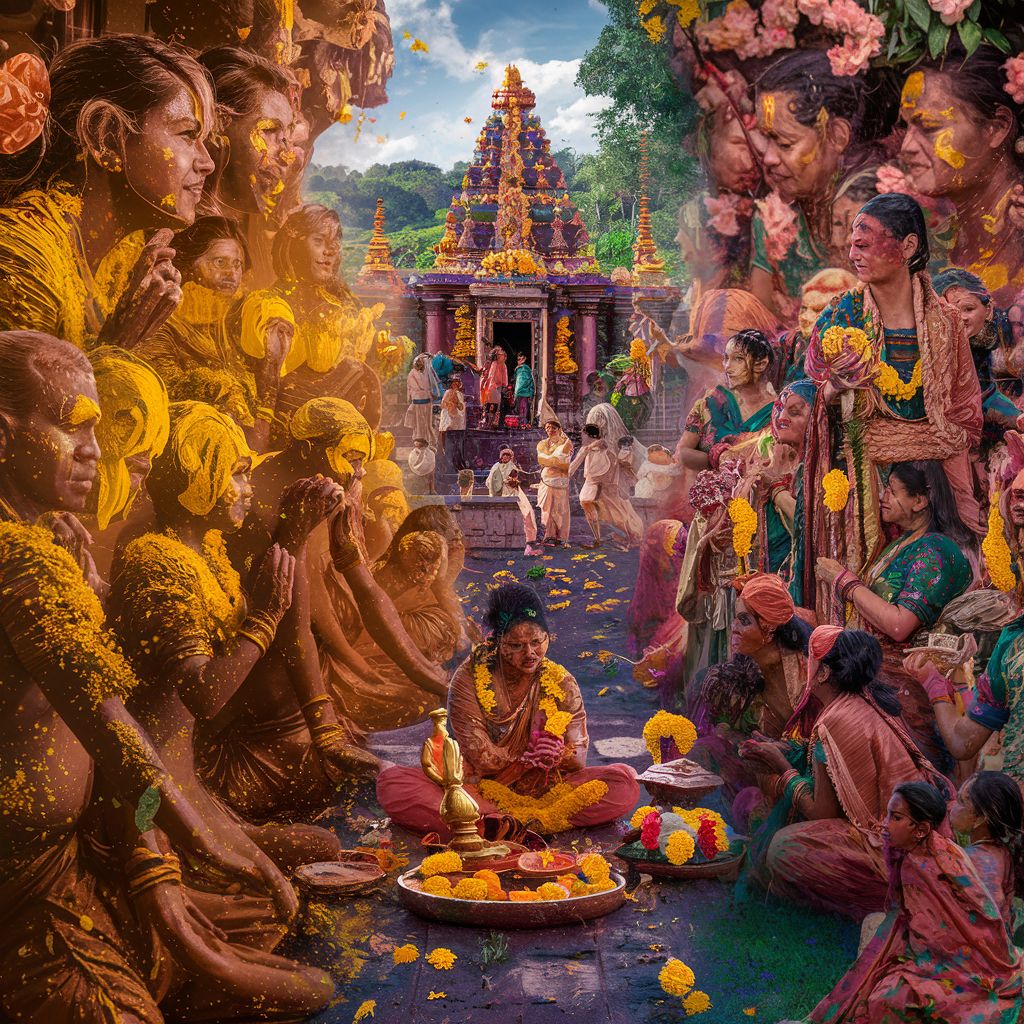
Hey there, fellow celebrants! Welcome back to another vibrant blog on The Factual Fuse! Holi, the vibrant Festival of Colors, explodes across India with a kaleidoscope of traditions and customs unique to each region.
While the essence of celebrating spring and the triumph of good over evil remains constant, the ways Holi unfolds are as diverse as India itself. Let’s embark on a colorful journey and explore how different regions celebrate this joyous festival.
Table of Contents
North India: The Traditional Heart of Holi
Mathura and Vrindavan (Uttar Pradesh):
Considered the birthplace of Holi, these towns come alive with week-long festivities. Witness Lathmaar Holi, where women playfully chase men with sticks, reenacting Radha’s playful pursuit of Krishna. Immerse yourself in the vibrant Banke Bihari Temple celebrations, where devotees shower each other with colored powders.

Barsana (Uttar Pradesh):
Experience the unique Lathmar Holi tradition here. Women, armed with colorful sticks (lathis), playfully chase men, who shield themselves with wooden shields. The playful atmosphere is filled with vibrant colors, music, and laughter.
Delhi:
The capital city pulsates with energy during Holi. Witness the iconic bonfire rituals (Holika Dahan) and witness the vibrant street celebrations where people drench each other in colors. Don’t miss the chance to taste delicious Holi delicacies like Gujiya (sweet dumplings) and Thandai (cooling drink).
West India: A Blend of Traditions

Goa:
Holi takes on a vibrant and festive form in Goa, known as Shigmo. Witness colorful parades featuring vibrant floats, traditional dances, and lively music. Here, the celebrations often extend for a week, with vibrant street performances and community gatherings.
Maharashtra:
Celebrated as Rang Panchami, Holi in Maharashtra is a riot of colors. People gather in open spaces and drench each other in vibrant powders. The festivities are often accompanied by traditional music, dance performances, and delicious regional sweets like Puran Poli (flatbread stuffed with lentils).
South India: A Celebration of Flowers and Devotion

Kerala:
Holi, known as Manjal Kuli (meaning “yellow bath”), is a more subdued celebration compared to other regions. Here, the focus is on applying yellow paste made from turmeric and margosa leaves for its medicinal properties. Temples come alive with vibrant flower decorations and special pujas (prayers) dedicated to Lord Vishnu.
East India: A Fusion of Colors and Spirituality
West Bengal:
Holi, known as Dol Purnima, is a celebration of Lord Krishna’s divine love for Radha. Temples are adorned with colorful flowers, and devotees sing devotional songs and dance with abandon. Witness the traditional processions where idols of Radha and Krishna are carried through the streets, showered with colorful powders by devotees.

Odisha:
Holi is celebrated with immense joy and devotion in Odisha. Here, the festival is known as Chaul Char and is marked by vibrant colors, traditional dances like Gotipua, and special offerings made at temples.
Beyond the Colors: The Spirit of Holi
While the ways of celebrating Holi differ across regions, the core essence remains the same. It’s a time for families and communities to come together, shed inhibitions, and celebrate the victory of good over evil. It’s a festival of forgiveness, where past grudges are forgotten, and new beginnings are embraced.
Celebrating a Responsible Holi
As we celebrate the vibrant diversity of Holi across India, it’s important to be mindful of the environment. Opting for natural colors, using water judiciously, and disposing of waste responsibly can ensure a sustainable and joyous celebration for generations to come.
For more exciting and informative articles like this one, visit our website The Factual Fuse. Don’t forget to share this article with your friends and family to spread the Holi cheer!
